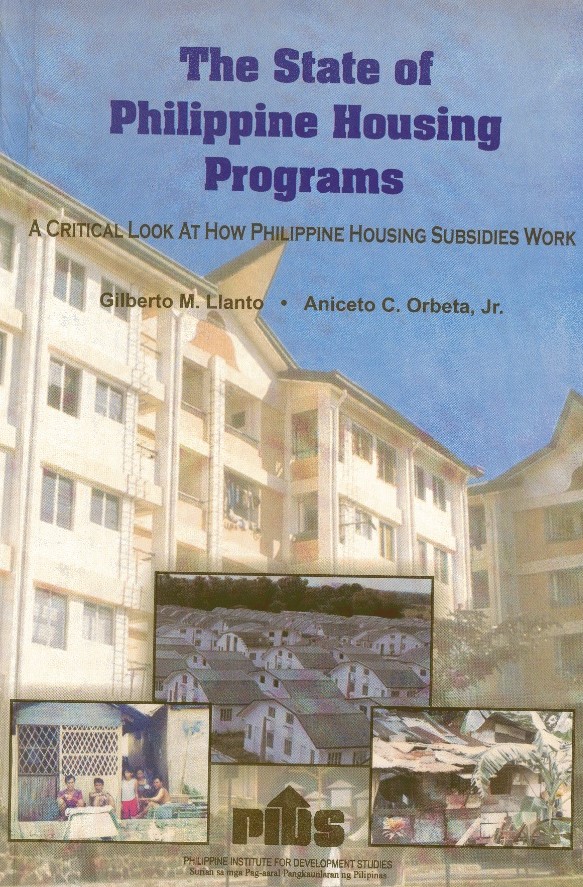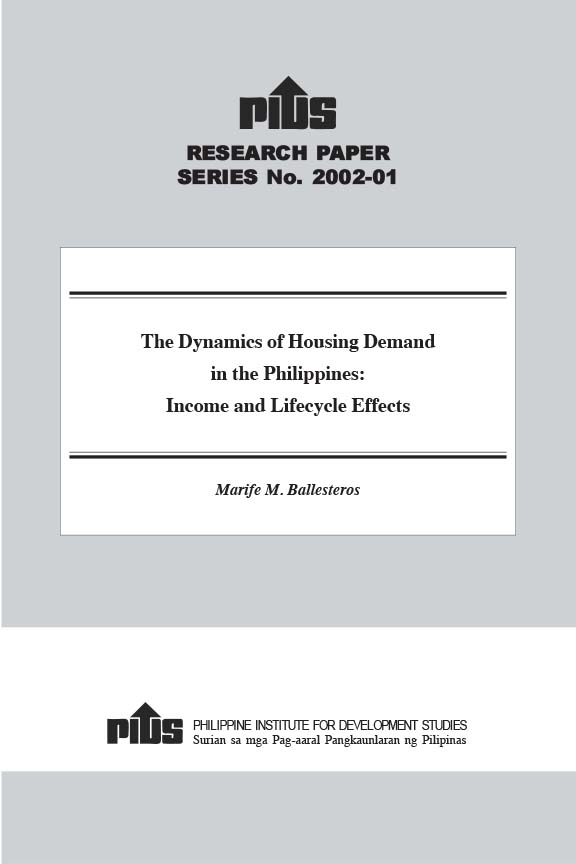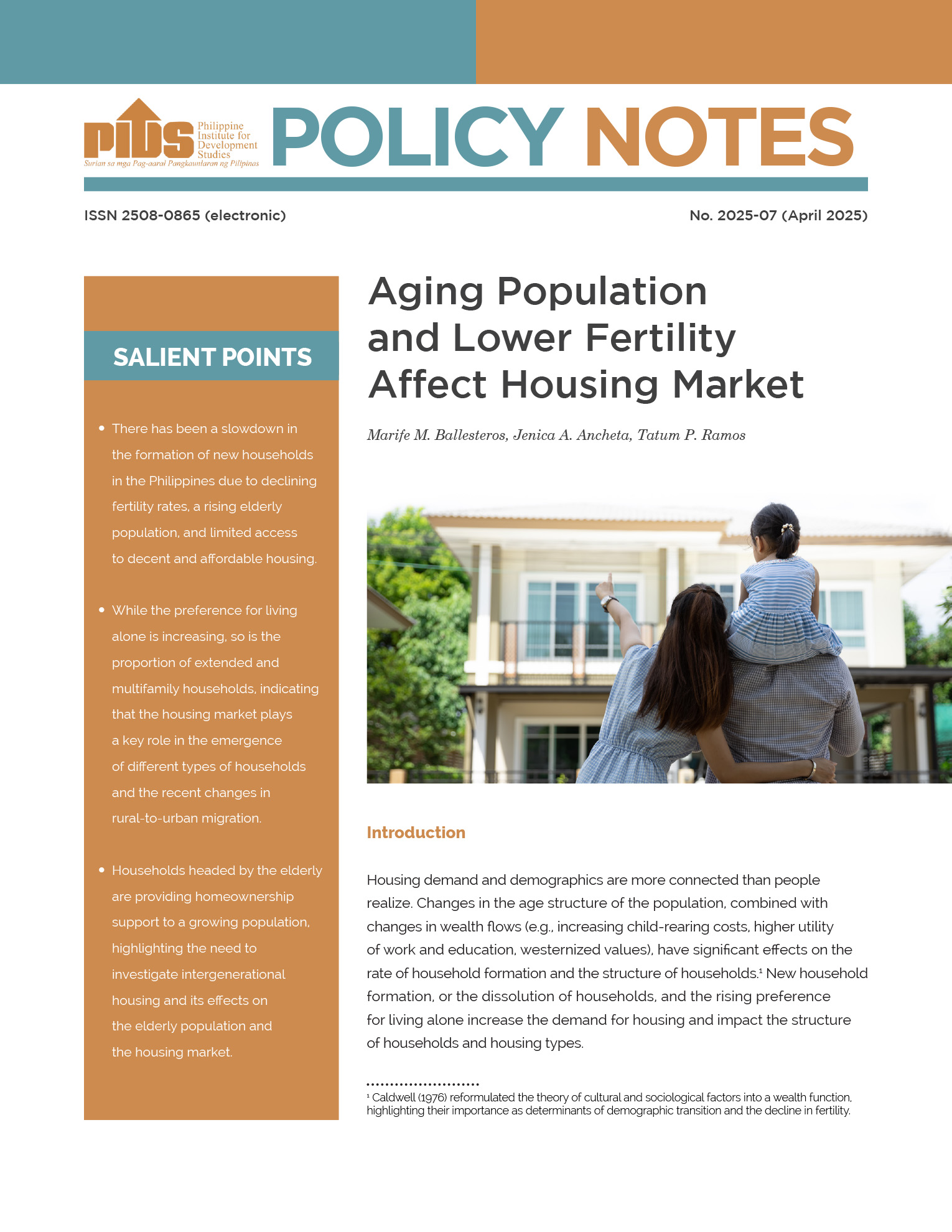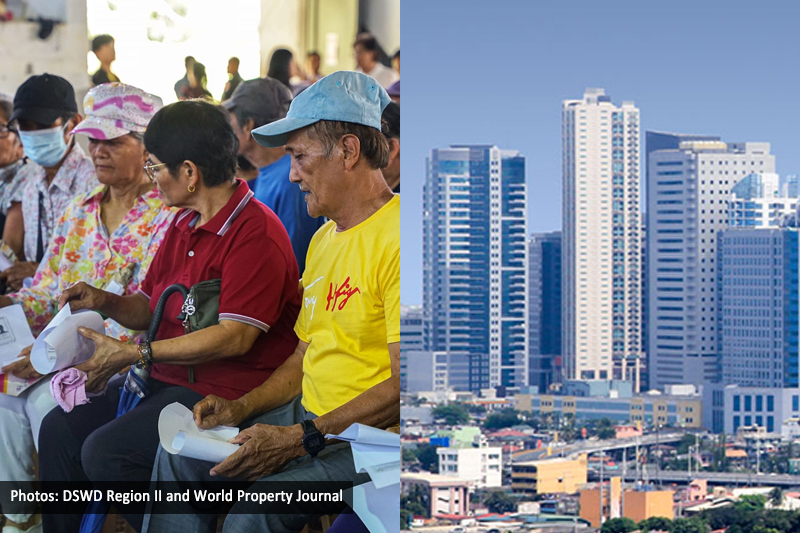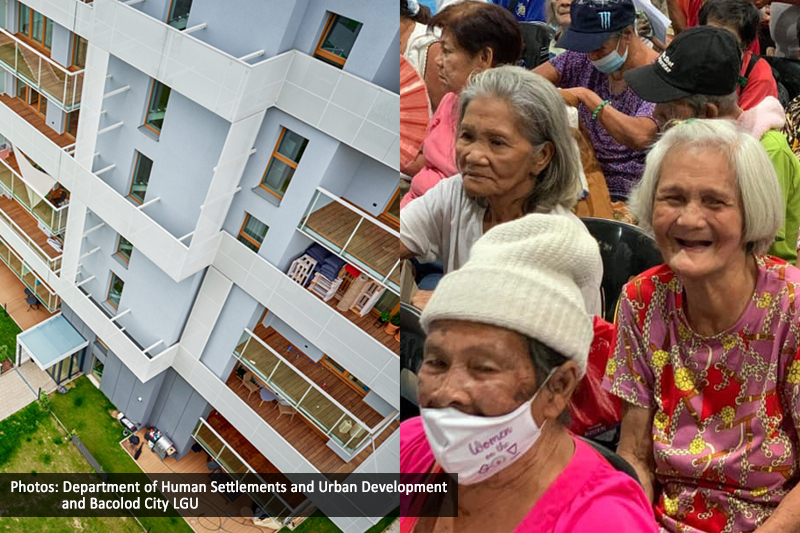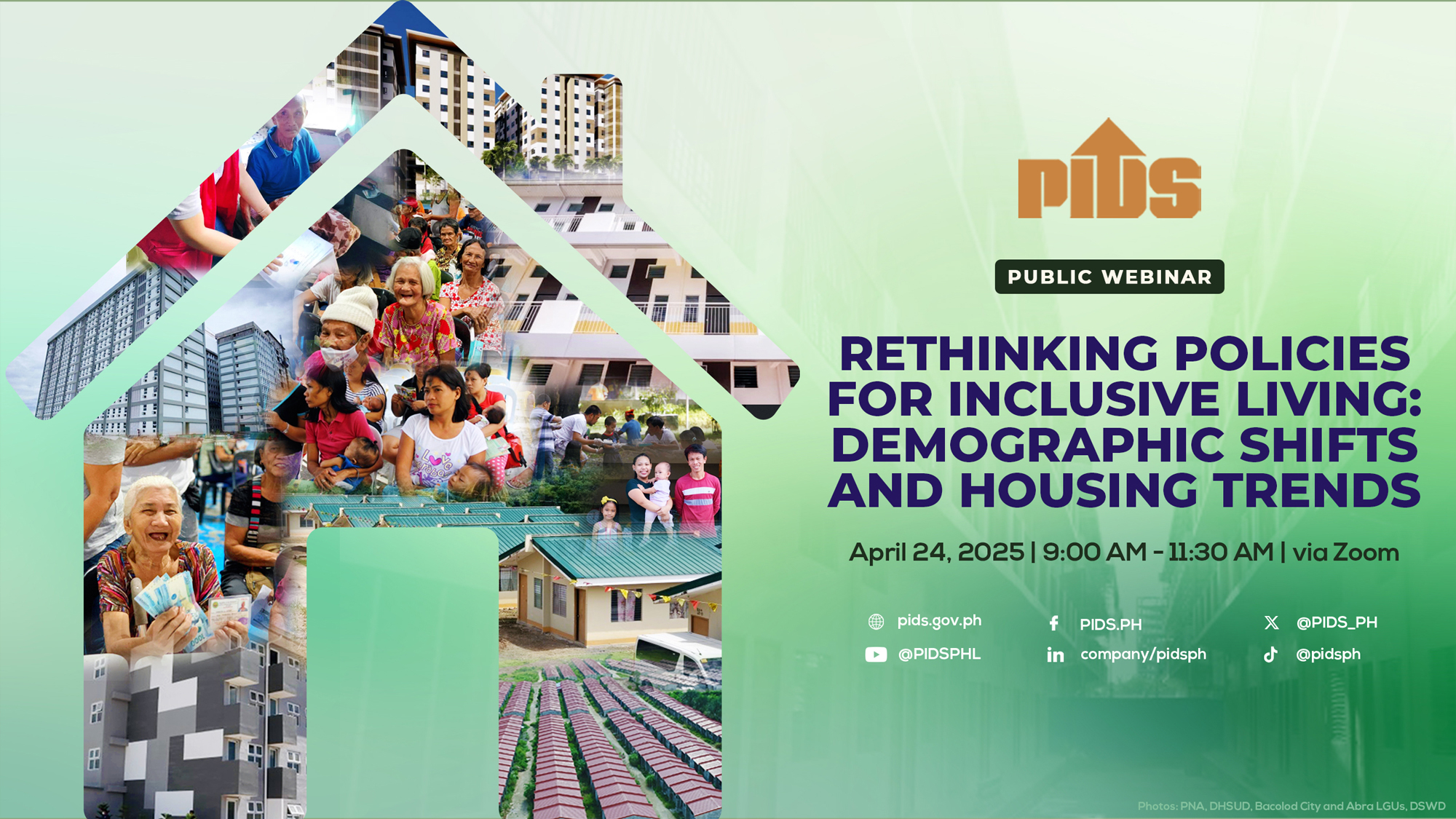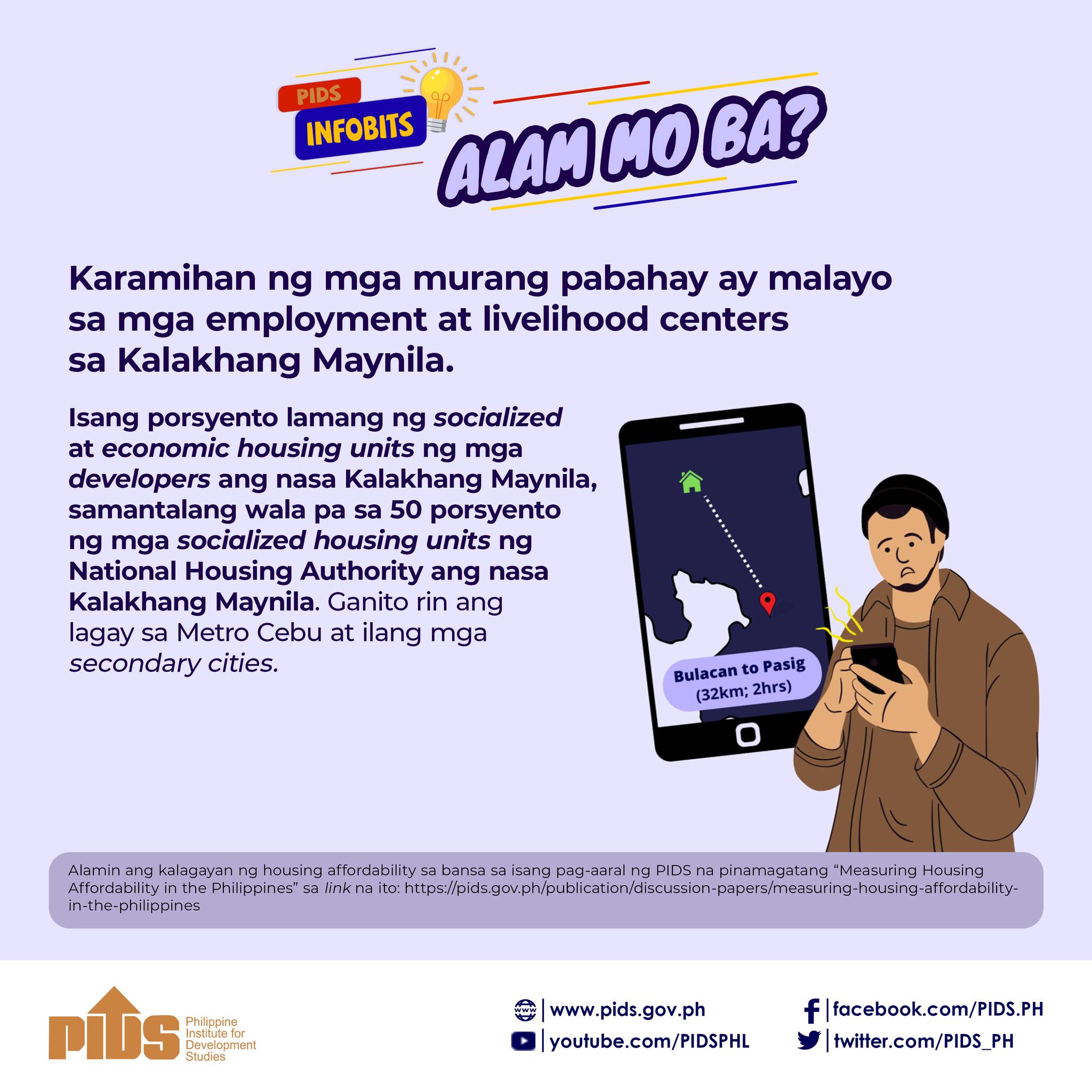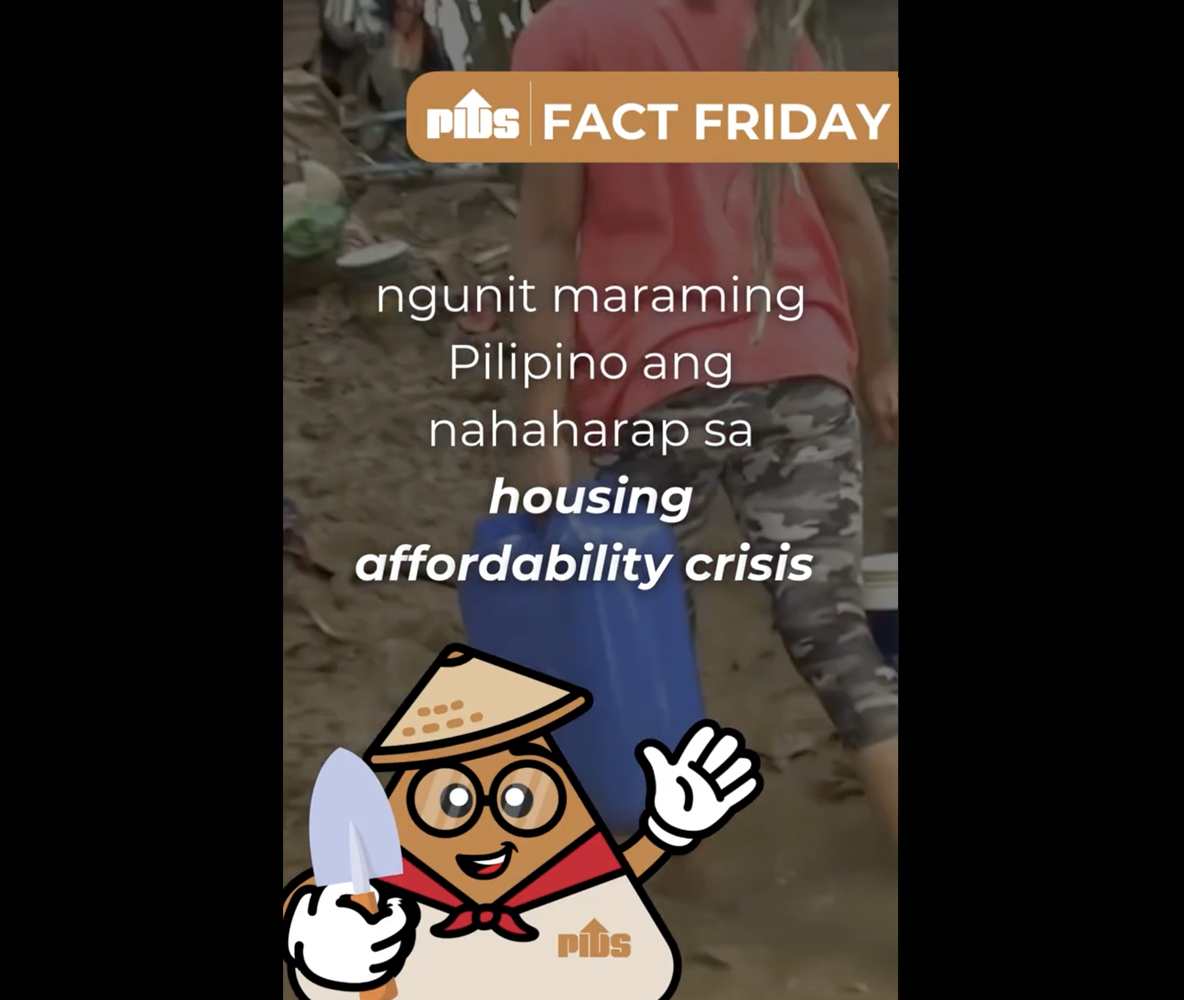Property portal Lamudi has some innovative solutions to make housing more affordable.
Affordable finance schemes
The first step to housing within reach is easier finance schemes and lower interest rates especially for the poor and the marginalized.
In recent financing program of Pag-IBIG Fund, the lowest interest rate they offer to its members is 5.5 percent for a one year fixed-pricing period, 6.5 percent for 3 years, 7.270 percent for 5 years, 8.035 percent for 10 years, 8.585 percent for 15 years, 8.8 percent for 20 years, 9.050 percent for 25 years, and 10 percent under a 30-year fixed-pricing period.
To avail of the lowest rate of 5.5 percent per annum, borrowers must have a monthly amortization that should not exceed 30 percent of the borrower’s gross monthly income; and the ratio of the loan amount to the appraised value of the collateral shall not exceed 75 percent.
One major worry though is the full risk-based pricing framework that the Fund has recently adopted. This means that the interest rates will only be fixed on the assigned period and might go higher or lower depending upon the prevailing market rates.
Fortunately the shelter agency reported that since they used the new scheme, the agency has lowered its rate for five consecutive times. This rule applies to all eligible members of the Fund.
Public–private partnerships
In a study of the Housing and Urban Development Coordinating Council (HUDCC), the affordability of housing has been adversely affected by out-of-control urbanization and unplanned urban sprawl where demand for residential land far outstrips the available supply of land, particularly in densely populated areas.
The best course of action for this dilemma can start with more proactive engagement of private investors in the national agenda. With the government and the private sector sharing ideas and working together, planning for future developments of a city that will include more low-cost housing will be made much easier.
The only listed example of public and private cooperation under property development in the portal of the Public–Private Partnership Center of the Philippines is the Pabahay sa Riles Project which can be recalled as not exactly a success.
As upcoming projects such as the Cavite–Laguna Expressway and the NLEX–SLEX Connector Road has been proven to be helpful, joint venture real estate developments are hoped to be planned and conceptualized soon for Filipinos.
Taking a cue from the plans of former HUDCC chief Leni Robredo, a public rental housing program can likewise help ease the financial burden of housing to salaried workers and employees.
This initiative will help individuals and families who temporarily chose to reside near their workplace in the city but do not intend to acquire a home there.
By providing value-for-money ready-for-lease units, the families can save up for that dream house that they can own in the future.
According to a study conducted by the Philippine Institute for Development Studies in 2004, 33 percent and 17 percent of the Philippines’ urban population are renters and sharers, respectively.
Through helping this big chunk of the market, this might be the way to not only help future homeowners save but also address the issue of informal settlements in key urban areas.

